Diet supplemented with essential oils from thyme and cinnamon significantly improved shrimp resistance
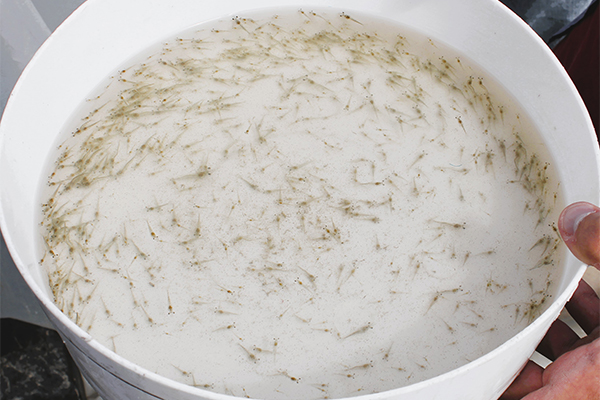
Several functional feed additives have potential to help control and manage bacterial diseases in farmed shrimp. Various recent studies have shown that Pacific white shrimp (Litopenaeus vannamei) fed diets containing ethanol extracts of turmeric (Curcuma longa), maca (Lepidium meyenii) and ginger (Zingiber officenale) inhibited the growth of Vibrio species and the formation of biofilms of Vibrio parahaemolyticus. Other authors have demonstrated that specific molecules such as vitamin C, essential amino acids (arginine) and sodium ascorbate improve the immune response in shrimp and confer protection against Vibrio infection.
Phytobiotic compounds (mixtures from herb spices and their extracts that can stimulate appetite and have antimicrobial activities, among other beneficial effects) are promising candidates because of their immunostimulatory and biocidal activities. They are not expensive, as the production process to obtain plant extracts is generally simple and easy to administer orally by introducing them into the aquafeed. In terms of safety, they are environmentally friendly because they are highly biodegradable and the likelihood of generating resistant microorganisms is very low, as they do not contain single active molecules directed at a specific cellular target but usually include a wide range of bioactive ones.
This article summarizes the original publication (Hernández-Cabanyero, C. et al. 2023. Exploring the Effect of Functional Diets Containing Phytobiotic Compounds in Whiteleg Shrimp Health: Resistance to Acute Hepatopancreatic Necrotic Disease Caused by Vibrio parahaemolyticus. Animals 2023, 13(8), 1354) reporting on a study that evaluated the effectiveness of two diets (E and F) supplemented with phytobiotics (functional diets) in protecting L. vannamei against Acute Hepatopancreatic Necrosis (AHPND), a major disease of farmed shrimp.
Study setup
The study was conducted at the Central Service for Experimental Research (SCSIE) of the University of Valencia (Spain). The diets used were prepared at the Polytechnic University of Valencia. Diets had around 35 percent crude protein and 20 MJ/Kg of energy contribution, and included a control diet (CTRL, diet G) which contained the basal ingredients, and two functional diets – E, a mixture of essential oils from thyme and cinnamon; and F, a mixture of essential oils from oregano and cloves – which were supplemented with phytobiotic additives (diet E with 0.9 grams of additive E/Kg and diet F with 0.8 grams of additive F/Kg).
Shrimp (avg weight 0.4 grams) were fed daily with the CTRL diet during the acclimation period and the CTRL or functional diets during the feeding trials (4–5 weeks), and subsequently they were challenged with VpAHPND (Vibrio parahaemolyticus involved in causing AHPND) by immersion
For detailed information on the experimental setup, animal husbandry, data collection and analyses, refer to the original publication.
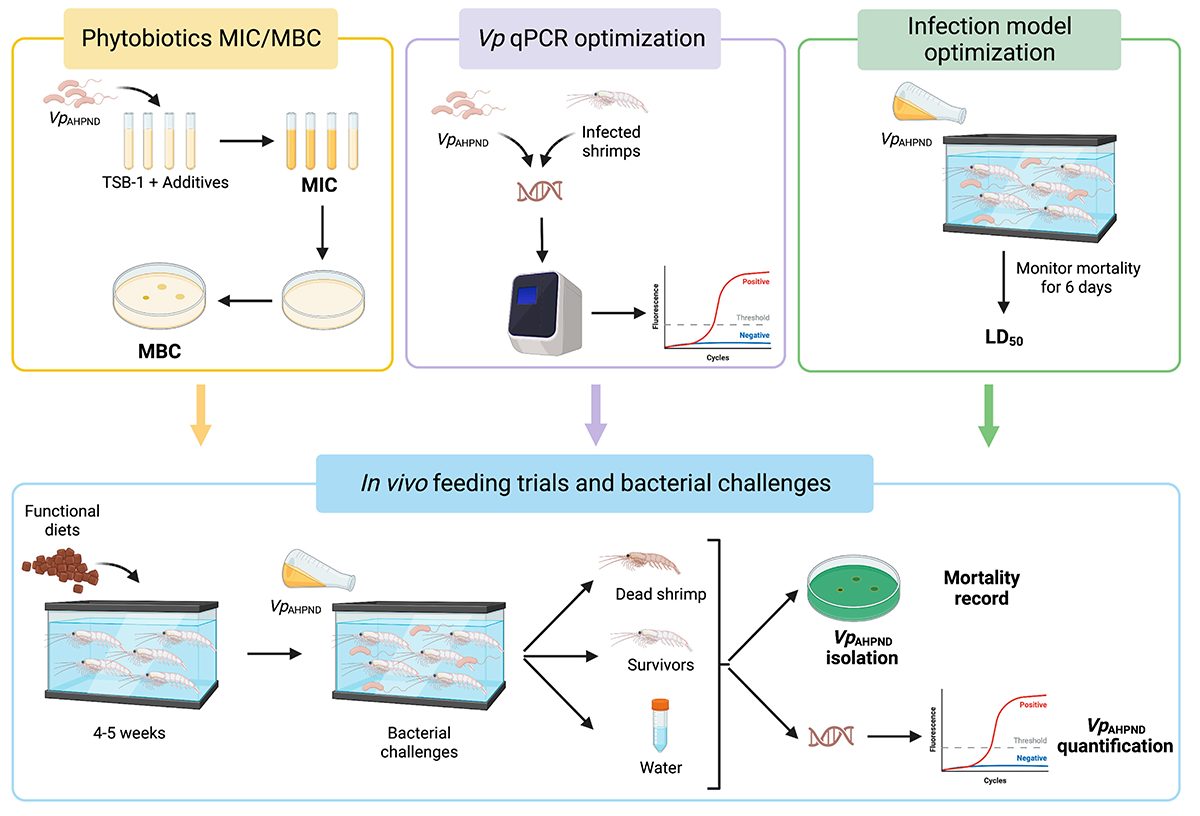
Results and discussion
According to the Aquatic Animal Health Code of the World Organization for Animal Health (WOAH), L. vannamei is the most susceptible shrimp species to AHPND (a devastating bacterial disease that affects the shrimp aquaculture industry and causes losses of billions of dollars). Its main etiologic agent is V. parahaemolyticus, but other Vibrio species have also been associated with the disease. These findings highlight the importance of shrimp farms as hot spots for Vibrio spp. evolution through the acquisition of virulent traits that will favor the spread of the disease.
Phytobiotics are a promising option for controlling infections in shrimp. To gain knowledge in this area, we first evaluated the benefits of selected phytobiotic additives (mixtures of essential oils from thyme and cinnamon [E] or oregano and cloves [F]) and confirmed they have a bactericidal effect in low concentrations, as observed in other plant-derived compounds (turmeric and ginger) and seaweeds. From these promising in vitro results, we developed diets enriched with both additives and assessed their effect on shrimp resistance to AHPND. Induced infections with VpAHPND strain in shrimps fed the functional diets for 4–5 weeks showed conclusive and significant results, despite the high standard deviation; this was probably due to the variability implicit in the population used, which was not a pure genetic line.

The diet supplemented with additive E and administered for four weeks was highly beneficial for shrimp health, reducing mortality up to 15.63 percent compared to the 40 percent observed in the CTRL group. Diet F, however, needs to be administered for at least five weeks to improve shrimp survival after bacterial challenge. Our results are in line with those recently reported by other researchers, who observed that after six weeks of feeding with functional diets containing curcuma and maca or vitamin C, shrimp showed significantly higher survival rates (85 percent) after bacterial challenge compared to that of the control groups (50–55 percent). Differences in mortality observed between our study and others could be due to the challenge model; other researchers used an injection method, and we selected bath immersion, simulating the natural mode of transmission of the disease. This fact highlights the importance of standardizing infection methods to compare study results easily and reliably.
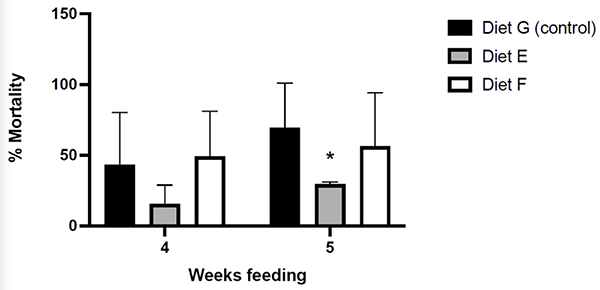
We did not study how functional diets affected the gut microbiota composition, but we assessed another approach, the V. parahaemolyticus loads in HP of survivors after induced infection. The percentage of carriers was lower in animals fed functional diets for four weeks than in those fed the CTRL diet, and the significant lowest ones were found in group fed diet E for five weeks, demonstrating its extra benefit reducing the spread of the disease. Therefore, diet E showed the most promising results in all experimental approaches addressed, reinforcing itself as a good candidate to mitigate the effects of AHPND in shrimp culture. Whether the lower percentage of carrier animals was due to an impaired bacterial colonization or to a faster pathogenic bacterial elimination requires further investigation.
We demonstrated the presence of V. parahaemolyticus in the water of the tanks maintaining infected shrimp throughout the post-challenge period, which would indicate that the animals are continuously releasing the bacterium into the environment. In fact, the V. parahaemolyticus population in the water remained constant for three days post-challenge. Although longer follow-ups would be necessary to determine if bacterial loads decrease over time, our observations suggest that asymptomatic carrier animals represent a risk of disease outbreaks because they support pathogen accumulation in water. Nevertheless, the pathogen could be quantified in water without killing animals by using our optimized PCR technique.
Perspectives
The diet supplemented with a mixture of essential oils from thyme and cinnamon (phytobiotic additive E) significantly improved the resistance of L. vannamei to AHPND pathology. Regression analysis indicated that the survival of shrimps challenged with V. parahaemolyticus increased if they were fed a phytobiotic-enriched diet for four or five weeks. Moreover, this feeding strategy also promoted the reduction of the percentage of carriers after the induced infection.
The administration of a diet supplemented with phytobiotic E for four weeks in critical periods – i.e., just after stocking shrimp postlarvae or juveniles into grow-out systems, or before stressful events – could significantly benefit farmed shrimp by mitigating the negative effects of AHPND and, likely, other pathologies as well.
Now that you've reached the end of the article ...
… please consider supporting GSA’s mission to advance responsible seafood practices through education, advocacy and third-party assurances. The Advocate aims to document the evolution of responsible seafood practices and share the expansive knowledge of our vast network of contributors.
By becoming a Global Seafood Alliance member, you’re ensuring that all of the pre-competitive work we do through member benefits, resources and events can continue. Individual membership costs just $50 a year.
Not a GSA member? Join us.
Author
-
Dr. Carla Hernández-Cabanyero
Corresponding author
Instituto Universitario de Biotecnología y Biomedicina (BIOTECMED), Universitat de València, Dr. Moliner, 50, 46100 Burjassot, Valencia, Spain
Tagged With
Related Posts
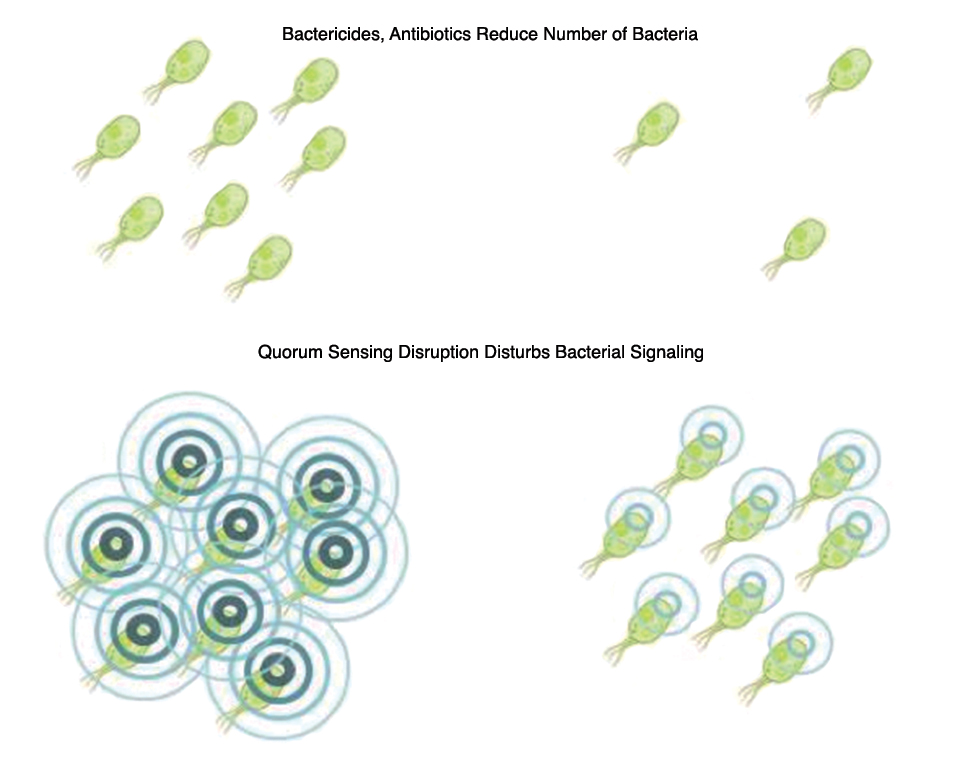
Health & Welfare
Feed additives based on quorum sensing disruption could aid fight against EMS
The pathogenicity of early mortality syndrome in shrimp is likely regulated by quorum sensing, which allows the Vibrio bacteria that colonize shrimp guts to coordinate the release of the toxin that damages shrimp digestive systems.
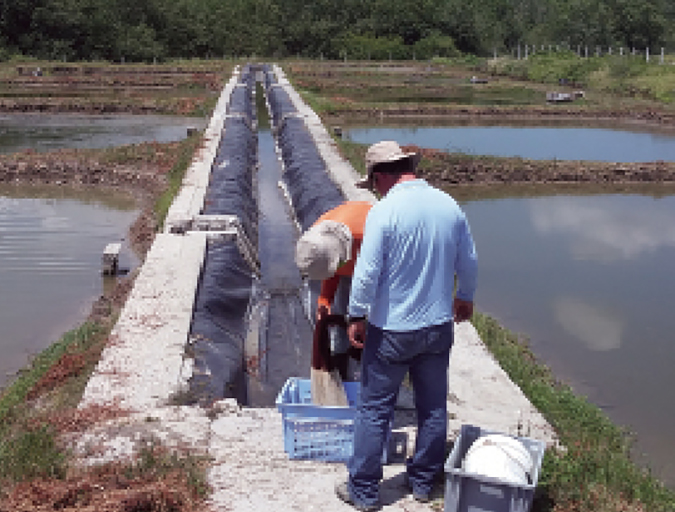
Aquafeeds
Natural feed additive improves shrimp productivity
The digestive systems of shrimp are main entry points for bacterial and viral pathogens, and unfavorable microflora. Natural feed additives that combine different actions have proven effective in improving survival where shrimp are exposed to bacterial pathogens.
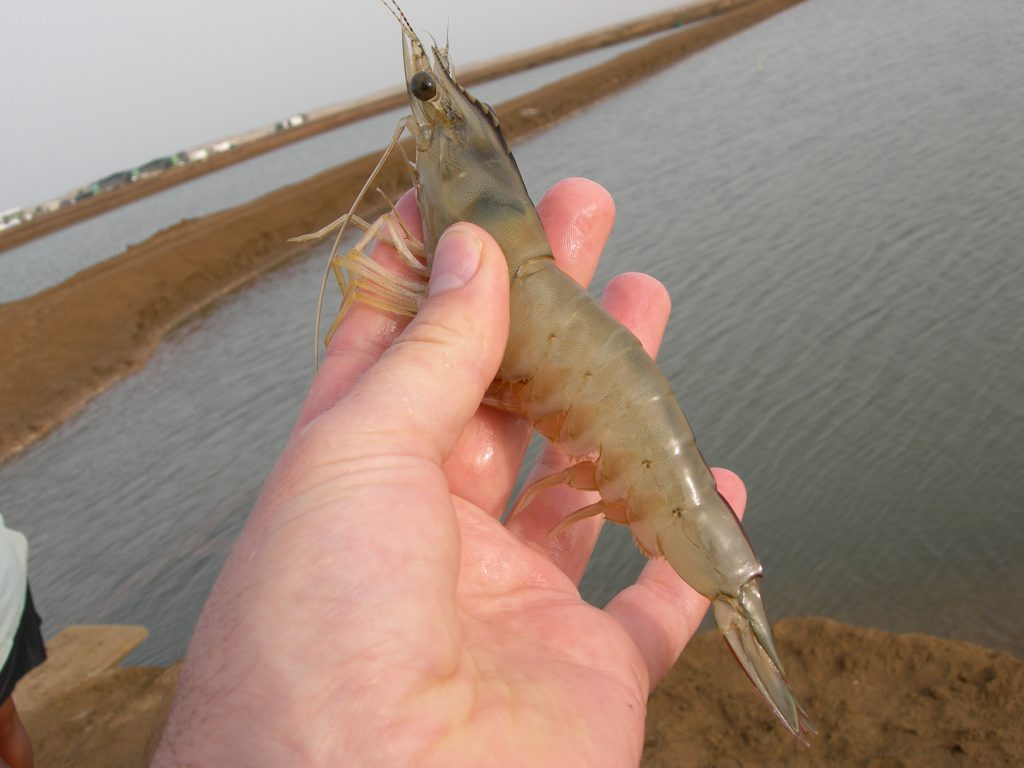
Health & Welfare
Focus on gut health increases aquaculture productivity
Increased attention to nutrient digestibility and gut health are two important focus areas for technological development of manufactured feeds in the aquaculture industry. Both laboratory and field studies have demonstrated the potential benefits for aquaculture productivity and the economics of specific feed additives developed to stimulate the establishment of a healthy gut microflora.
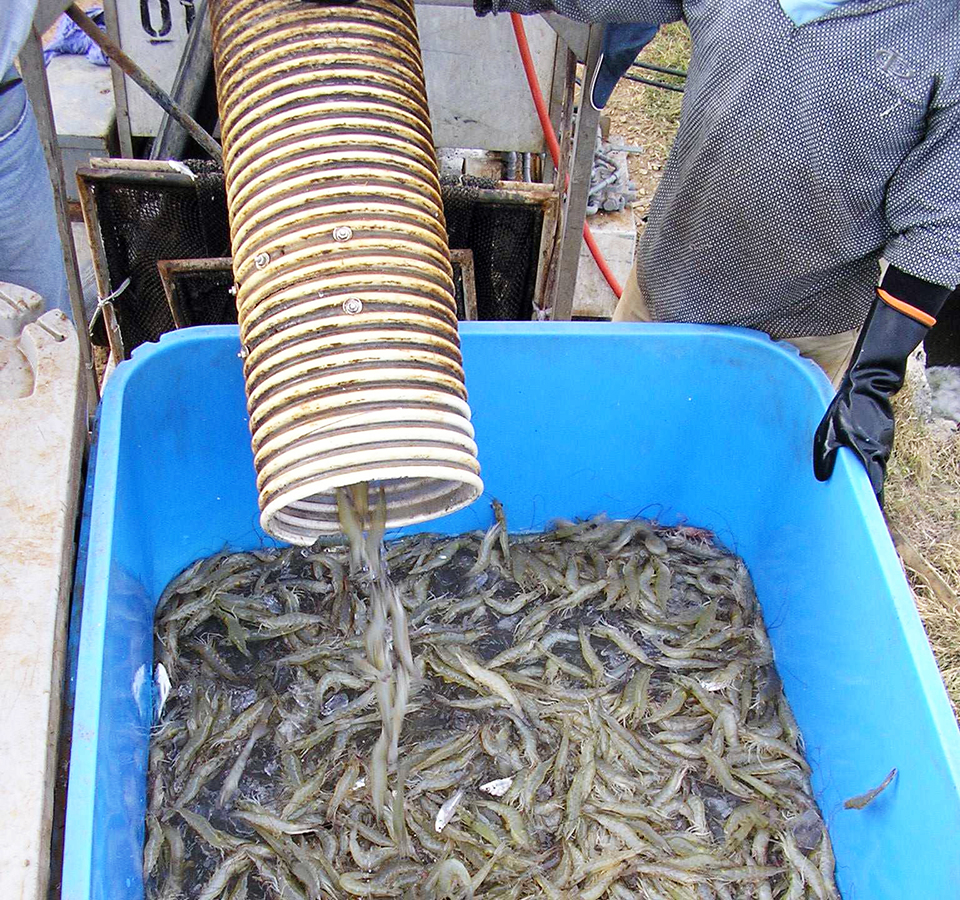
Health & Welfare
Panama demo shows botanical extracts improve shrimp productivity
Maintaining a favorable gut microflora in shrimp can help minimize the impacts of diseases and maximize digestive efficiency. Phytobiotic feed additives modulate microflora in shrimp toward a composition that favors beneficial bacteria and inhibits pathogenic microorganisms.



